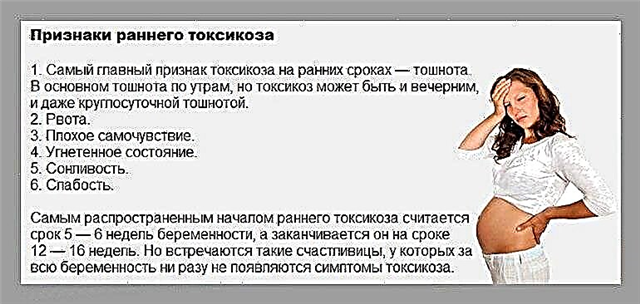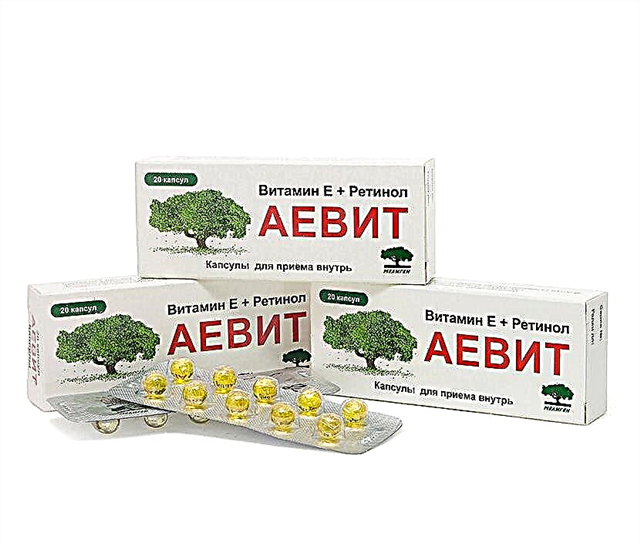
Adults are used to thinking of rheumatism as a disease that affects only the joints, but this disease primarily affects the heart, which is especially dangerous if it develops in childhood. Parents should know how rheumatism manifests itself in children, how it threatens the child and how it is diagnosed.
What is it?
Rheumatism is a disease of an infectious-allergic nature, in which the cardiovascular system is damaged. This disease is characterized by a recurrent and progressive course, as a result of which acquired heart defects form in the child.

Causes
The development of rheumatism in children is due to the activity of hemolytic streptococcus A. The enzymes secreted by this type of bacteria have a toxic effect on heart tissue. In addition, such microorganisms have antigenic substances similar to heart tissue, due to which the child's body attacks the heart, confusing it with an infectious agent (an autoimmune reaction develops).
Classification
There is an active phase of rheumatism, when the disease is manifested by severe symptoms, as well as an inactive phase, during which clinical manifestations are absent. In the active phase, three degrees are distinguished - minimal, moderate and pronounced disease activity.
Rheumatism can proceed acutely (up to three months) or latently (heart disease is formed without a pronounced clinic). Subacute course (3-6 months) and lingering rheumatism (lasting more than 6 months) are also distinguished. In some children, the disease recurs continuously for a year or more.

You will learn more about the causes of rheumatism in children in the following video.
Symptoms
Most often, rheumatism develops at school age in the form of an acute attack, which is manifested by febrile temperature and symptoms of intoxication. As a rule, 2-3 weeks before the attack, the child is diagnosed with a respiratory disease. Simultaneously with fever, babies experience joint pain (often large and medium) and inflammation.
The heart muscle in the acute phase of the disease becomes inflamed (rheumatic myocarditis develops), as indicated by the following symptoms:
- Weakness.
- Pale skin.
- Increased or slowed heart rate.
- Expanded boundaries of the heart.
- Dull or forked tones.
In most children, these signs are mild, and in some babies, the general condition does not worsen. Also, every second child develops endocarditis, in which the aortic or mitral valve is mainly affected. Pericardial involvement is rare.
The first attack in children can affect not only the joints and heart, but also other organ systems. In some babies, skin lesions are observed in the form of erythema or the appearance of subcutaneous nodules, abdominal pain, involuntary movements of the limbs due to damage to the nervous system (they are called small chorea). In chorea, movement disorders are accompanied by emotional disturbances.
Relapses of the disease begin acutely and proceed with the same symptoms as the first attack. In this case, the main symptoms depend on cardiac pathology. Rheumatism most often causes the formation of such defects:
- Insufficiency of the mitral valve.
- Insufficiency of the aortic valve.
- Mitral stenosis.
- Aortic stenosis.

Diagnostics
To detect rheumatism in a child, his clinical symptoms and examination results are assessed, which are divided into basic and additional criteria.
The diagnosis requires two main criteria, or one main and two additional.
In clarifying the diagnosis, the following examination methods are used:
- Blood test - general, biochemical, immunological.
- Chest X-ray.
- Electrocardiography.
- Echocardiography.

Treatment
In the acute period, the disease is treated in a hospital, since the child needs bed rest. Medication includes antibiotics, anti-inflammatory drugs (including hormonal in severe cases), potassium supplements, vitamins, and other medications. The child stays in the hospital for 1.5-2 months, after which he undergoes a rehabilitation period.
Forecast
Nowadays, the benign course of rheumatism is increasingly noted, especially if treatment is prescribed in the first days of the onset of an attack. The prognosis is influenced by heart damage, because in 10-15% of babies the valves are affected after the first attack, and each repeated one increases the risk of damage.

Prevention
In order to prevent the development of rheumatism in childhood, it is important to exclude situations of infection of the child with streptococcal infection. Such prevention is called primary and includes:
- Good nutrition.
- Hardening procedures.
- Moderate physical activity.
- Optimal daily routine with adequate rest.

If streptococci have caused a respiratory tract disease in a child, it is very important to cure such an infection in a timely manner and to the end. So that rheumatism does not progress, and the number of relapses decreases, secondary prevention is also needed, which consists in the use of long-acting antibiotics.
Learn more about childhood rheumatism in the following video.



